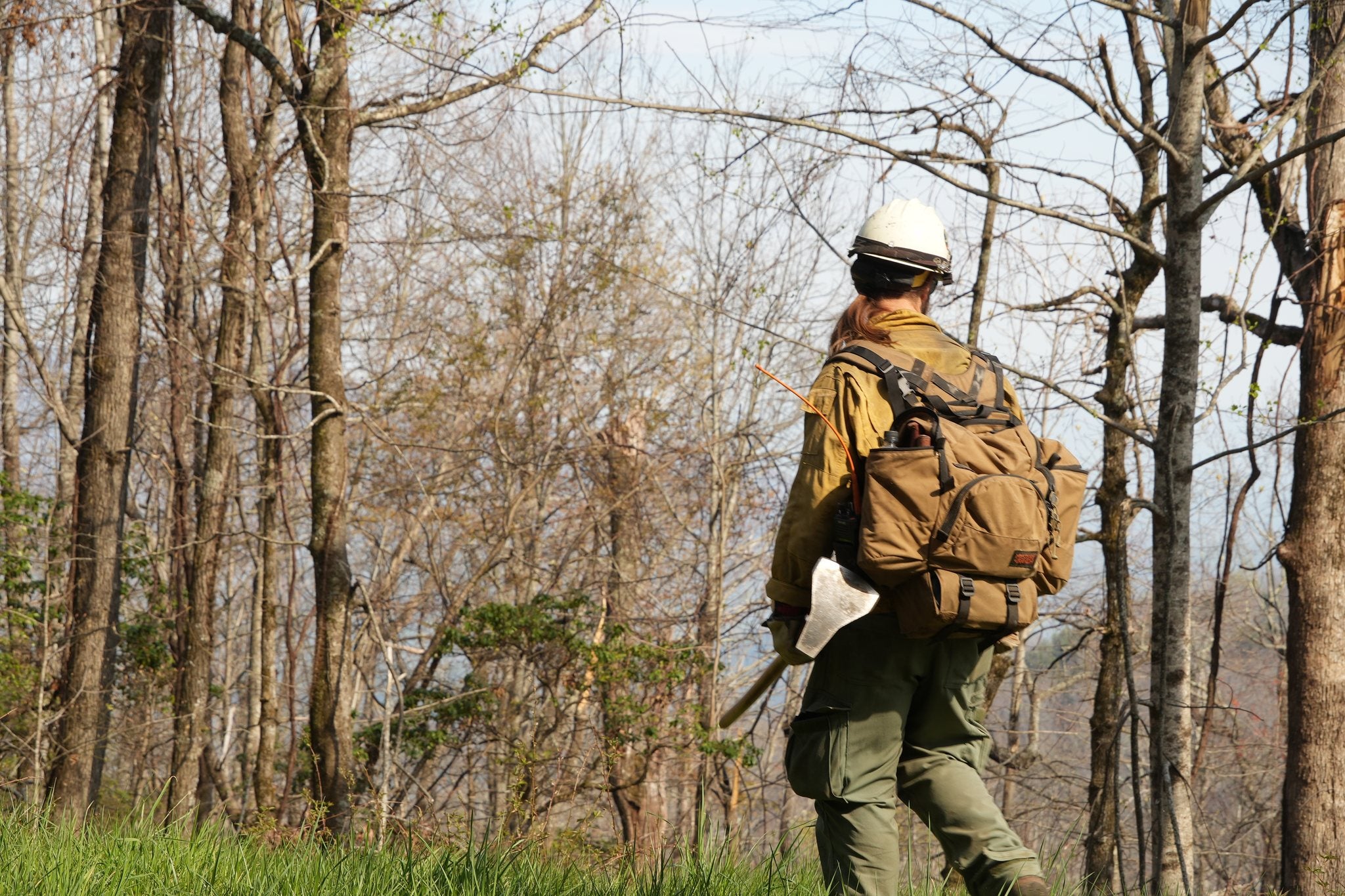Western North Carolina is fending off more raging wildfires spanning hundreds of acres this week.
The blazes are burning less than a month after multiple fires tore across the state as well as South Carolina amid warm and dry conditions.The flames in the Tar Heel State have fed on debris left over from Hurricane Helene last fall, resulting in mass evacuations and the destruction of multiple homes.
After rainy weather offered some relief earlier this month, North Carolina lifted a statewide ban on open burning. Officials told residents to remain vigilant, and that lifting the ban did not apply to fires started within 100 feet of an occupied dwelling.
“We’ve received some well-timed, much-needed rain over the last couple days which has helped reduce fire danger, allowing us to lift burn ban restrictions across the state,” said Agriculture Commissioner Steve Troxler. “However, we are still in the midst of spring wildfire season and our recent wildfire activity, especially in Western North Carolina, is a reminder to remain vigilant about burning safely and responsibly.”
That was before the start of the Rattlesnake Branch fire and the most recent Bee Rock Creek fire.
While the Rattlesnake Branch fire has been contained by firefighters, the Bee Rock Creek fire is holding strong in steep and forested terrain.
Rain isn’t expected in the area of the fire until next week. Some social media users are calling for the state’s burn ban to be reinstated.
“Time to declare another burn ban, no rain for the next three weeks and lots more windy dry days,” Stu Art said in a post on the North Carolina Forest Service Facebook page.
“I was thinking the same thing,” replied Simone Lipscomb.

The Bee Rock Creek fire started on Tuesday, nine miles northwest of the city of Marion. The cause of the fire remains under investigation. The blaze has forced evacuation orders around the Pisgah National Forest.
An air quality alert was also issued for the evacuation area through midnight on Saturday due to the choking wildfire smoke.
By Friday afternoon, the fire had grown to 856 acres with 10 percent containment. Another windy day was expected to make continuous firefighting efforts tricky.
“Firefighters will also be mopping up along Armstrong Creek Road, extinguishing hotspots to secure containment lines. Crews are prepping the Blue Ridge Parkway as a potential containment line by removing downed vegetation from Hurricane Helene,” the North Carolina Forest Service said.
Elsewhere, firefighters were working to combat the 790-acre Haoe Lead fire, which is not yet contained. Located about an hour away, that fire was started by a lightning strike.

Increased wildfire danger is expected across the country due to the impacts of human-caused climate change. Rainier weather will cause the growth of more vegetation that can dry out and become fuel during the drier and hotter months. Warmer temperatures will also lead to faster and stronger Atlantic hurricanes in the Gulf of Mexico that take aim at the Southeast.
But, there are immediate steps that people can take to protect themselves from catastrophic wildfires.
“As a resident, you can do things like cleaning up any leaves or pine needles in your yard, clearing dead trees and other vegetation around your home, and avoiding outdoor fires when environmental conditions are right for wildfires,” the National Academy of Medicine said this week.
WH working to end habitat protections for endangered animals, environmentalists say
DOGE targets a community service program in its latest cost-cutting effort
North Carolina advances bill on book bans in public schools
Slave descendants fight to protect their threatened island community at Georgia's highest court
Tropical drinks by the pool? Not so fast, says senator who visited Abrego Garcia in El Salvador
Amid the Kilmar Abrego Garcia controversy, Trump is losing ground on immigration







